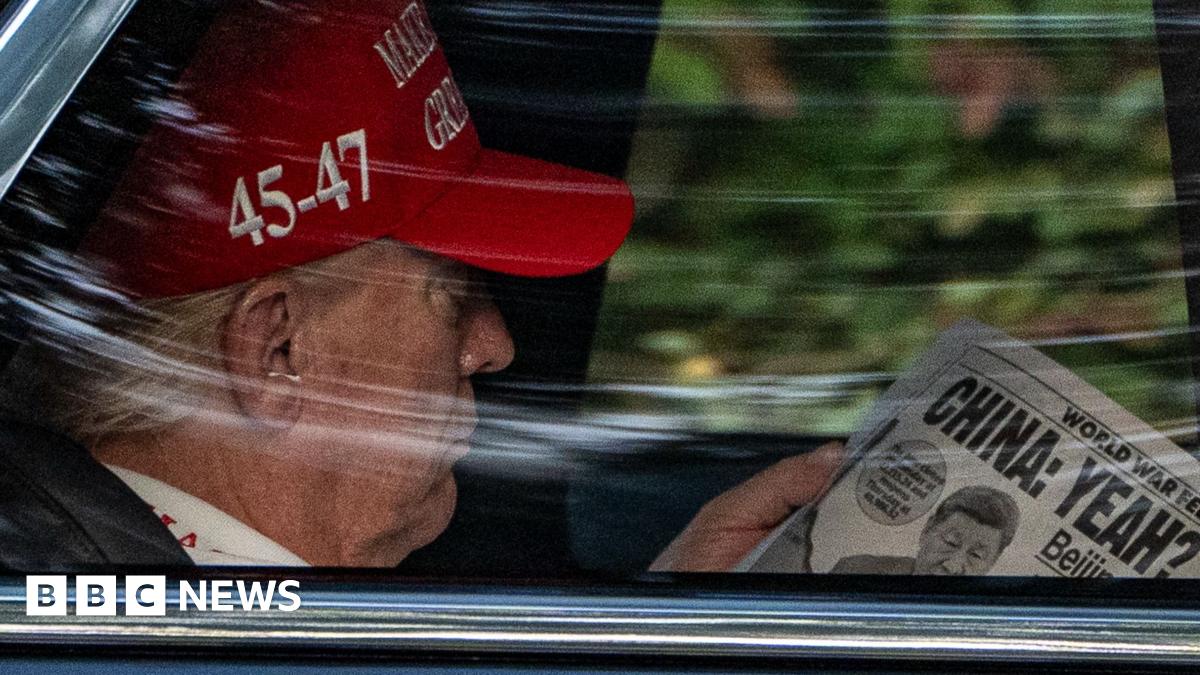Trump's 10% Tariffs: A Tough Stand or a Reckless Gamble?
Introduction: The year is 2018. Donald Trump, then President of the United States, announced a 10% tariff on $200 billion worth of Chinese goods. This bold move sent shockwaves through the global economy, sparking debates that continue to resonate today. Was it a tough stance necessary to protect American industries, or a reckless gamble that ultimately harmed consumers and businesses? Let's examine the complexities of Trump's 10% tariffs and their lasting impact.
The Rationale Behind the Tariffs
Trump's administration framed the tariffs as a crucial element of its "America First" policy. The stated goals were multifaceted:
- Protecting American Industries: The tariffs were intended to level the playing field, countering what the administration perceived as unfair trade practices by China, including intellectual property theft and forced technology transfer. The argument was that cheaper Chinese imports were undercutting American manufacturers, leading to job losses and economic decline.
- Reducing the Trade Deficit: A significant trade deficit with China was a major concern. The tariffs aimed to reduce this imbalance by making Chinese goods more expensive and boosting demand for domestically produced alternatives.
- Negotiating Leverage: Some analysts believe the tariffs were strategically deployed as leverage in trade negotiations with China, forcing concessions on issues like intellectual property rights and market access.
The Immediate Economic Fallout
The immediate aftermath of the tariff announcement was turbulent:
- Increased Prices for Consumers: The higher cost of imported goods, including electronics, clothing, and furniture, directly impacted consumers, leading to increased prices.
- Uncertainty for Businesses: Businesses faced challenges in predicting costs and managing supply chains. Some companies absorbed the increased costs, while others passed them onto consumers. This uncertainty hindered investment and growth.
- Retaliatory Tariffs: China retaliated with its own tariffs on American goods, escalating the trade war and impacting various sectors of the American economy. This tit-for-tat exchange created a climate of instability.
Long-Term Impacts and Lasting Questions
The long-term consequences of Trump's 10% tariffs are still being debated:
- Did it Protect American Industries? While some American industries may have benefited temporarily, the overall impact on American manufacturing is complex and requires further analysis. Many economists argue that the benefits were minimal compared to the overall economic disruption.
- Did it Reduce the Trade Deficit? The impact on the trade deficit was inconclusive, with some arguing it had minimal effect while others point to a slight improvement in certain sectors.
- The Cost to Consumers: The increased prices for consumers undoubtedly added to the overall cost of living and potentially hindered economic growth.
Conclusion: A Complex Legacy
Trump's 10% tariffs were a significant event with far-reaching consequences. Whether they constituted a "tough stand" or a "reckless gamble" remains a matter of ongoing debate among economists and policymakers. The decision's ultimate success or failure is still being assessed, highlighting the complexities of international trade and the long-term effects of protectionist policies. Further research and analysis are needed to fully understand the long-term impact of this controversial economic policy.
Keywords: Trump tariffs, 10% tariffs, China tariffs, trade war, trade deficit, protectionism, American economy, global economy, economic impact, trade negotiations.

